For roughly the past 20 years, the gold standard of lens systems in cameras was DSLR (Digital Single-Lens Reflex). However, the photography world has recently begun switching to Mirrorless camera lenses. These cameras first started popping up in the late 2000s and now, due to technological advancements, are sweeping DSLR cameras under the rug.
Their smaller size and lightweight design has had many camera manufacturers, such as Canon, start completely switching to manufacturing these cameras. With this in mind, it’s important to look at the technical differences between the two as well as which is the best option for the individual photographer.
In understanding the difference between the two, it’s important to compare the physical difference in the build of each camera type.
DSLR cameras use a complex array of mirrors to direct the light coming through the lens to the viewfinder, Auto Focus (AF) and Auto Exposure (AE) sensors (see diagram below). This system does make them bigger and heavier to hold but provides the user with a view of what the actual light looks like through the lens by looking into the viewfinder.
In contrast, Mirrorless cameras, as the name describes, do not have this array of mirrors. Instead, the light coming in goes directly to the image sensor, which also acts as the AF and AE sensors.
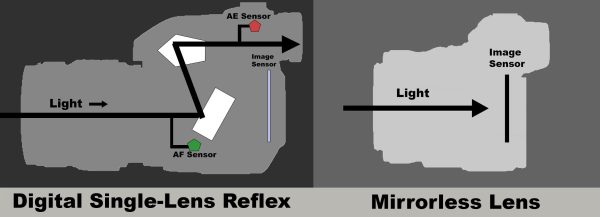
Without mirrors, these cameras can be made much smaller and lighter, with a choice of image sensors. Full-frame sensors are both bigger and more expensive, while APS-C (Advanced Photo System Type-C) sensors are smaller, and can enable cameras to have a smaller build.
These two are the main two sensors used in newer cameras, and the main difference between them is the physical size.
A picture on a full-frame lens camera will have a wider framing, consequently, the same picture on a APS-C camera will be more cropped. This would be the same effect as zooming in on a subject, while still being at the same zoom level; This saves time from having to manually crop a photo.
Due to their size and narrow Depth of Field (DOF), full-frame sensors will have more photosites (light receptors) when having the same megapixel count; making this lens ideal for low light photography, large landscapes, and indoor portraiture.
Regardless, the actual picture quality does not depend on these two kinds of image sensors, so many Mirrorless cameras use APS-C to create a more compact and portable camera ideal for travel and sports photography.
More to the point, the different types of sensors only really matter on the individual level, whether you want a cheap, compact camera with deeper zoom, or spend a little more to get a wider field of view, better low light pictures, and narrower DOF.
This debate is up to the individual consumer, and it depends on what the main focus of one’s photography is. Now, covering the debate on DSLR v. Mirrorless, someone who is just getting into photography shouldn’t spend the money on new Mirrorless cameras. There’s plenty of DSLR cameras good for starting artists, some good options are the Canon EOS Rebel T7,or a used Nikon D3000.
If one has been in the field for a few years and feels the price is justified, then Mirrorless could be a good switch. Buying them used would be the best bet to find something within the $2k range.
The best budget options currently on the market are: Canon EOS R100, and the Panasonic GF5, both of which can be bought with a lens for 400 dollars and seem to be two of the cheapest currently on the market while still having decent quality and the manual exposure settings needed for the best photography.
From experience, the Canon EOS Rebel SL1, a DSLR camera, is sturdy and reliable while delivering crisp shots as well as accurate low light capturing. While on the higher end of DSLR cameras, the SL1 won’t be for everybody and it won’t fit everyone’s needs.
This article should not be a recommendation of which camera is right for everyone, but as the information on each to help. Hopefully this article stands as an informational tool to guide others into informed decisions.
Mirrorless cameras do not offer enough of an advantage to warrant the prices they go for. The quality difference between the two camera types cannot be seen for the average photographer (shown below), and the comparable prices are not worth it.
Above are side-by-side pictures from a DSLR (Canon EOS Rebel SL1) and a Mirrorless (Nikon Z6 II) camera, taken at the same settings, and of the same subjects, as close to the same time as they could’ve been taken.


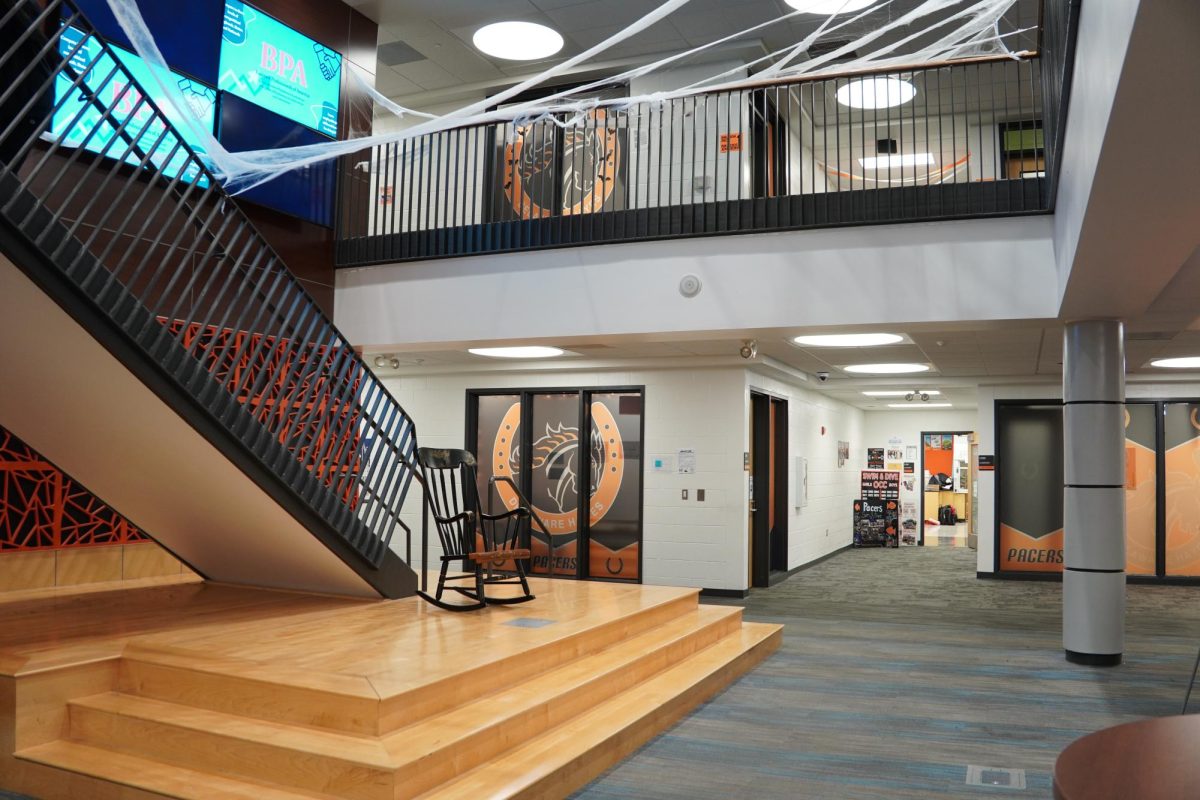




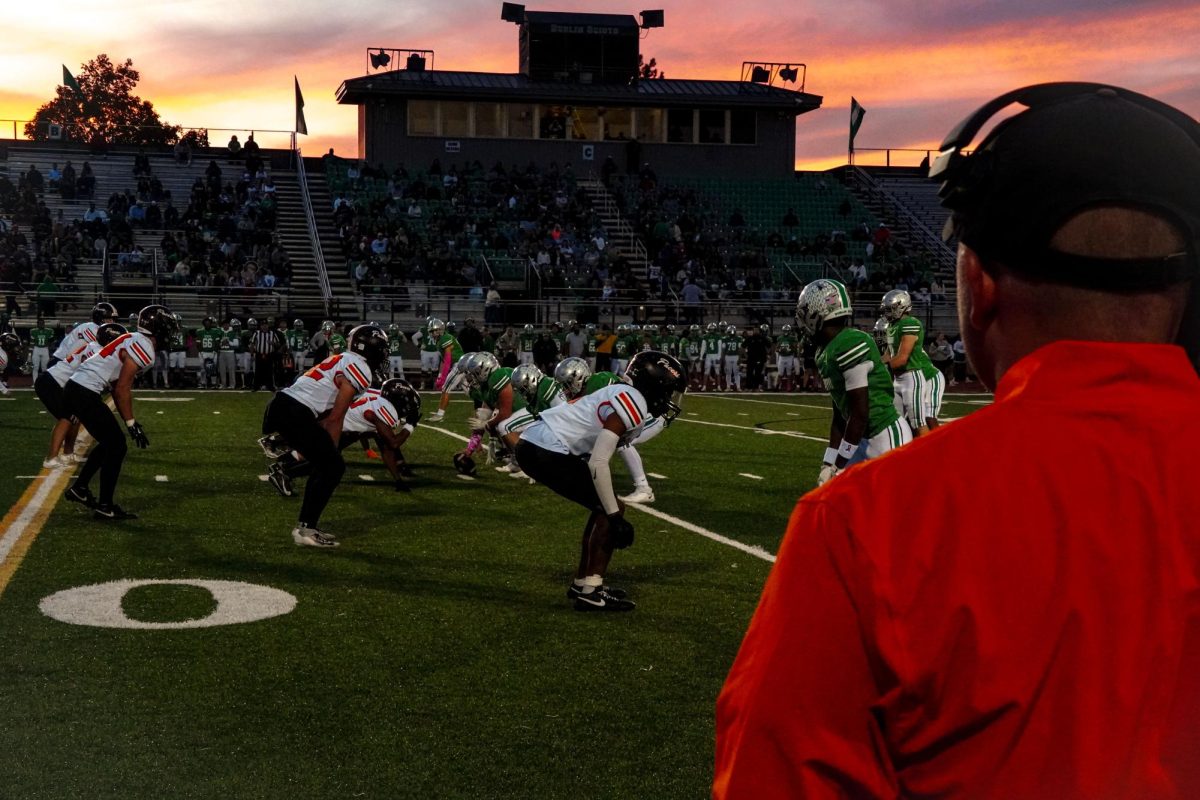





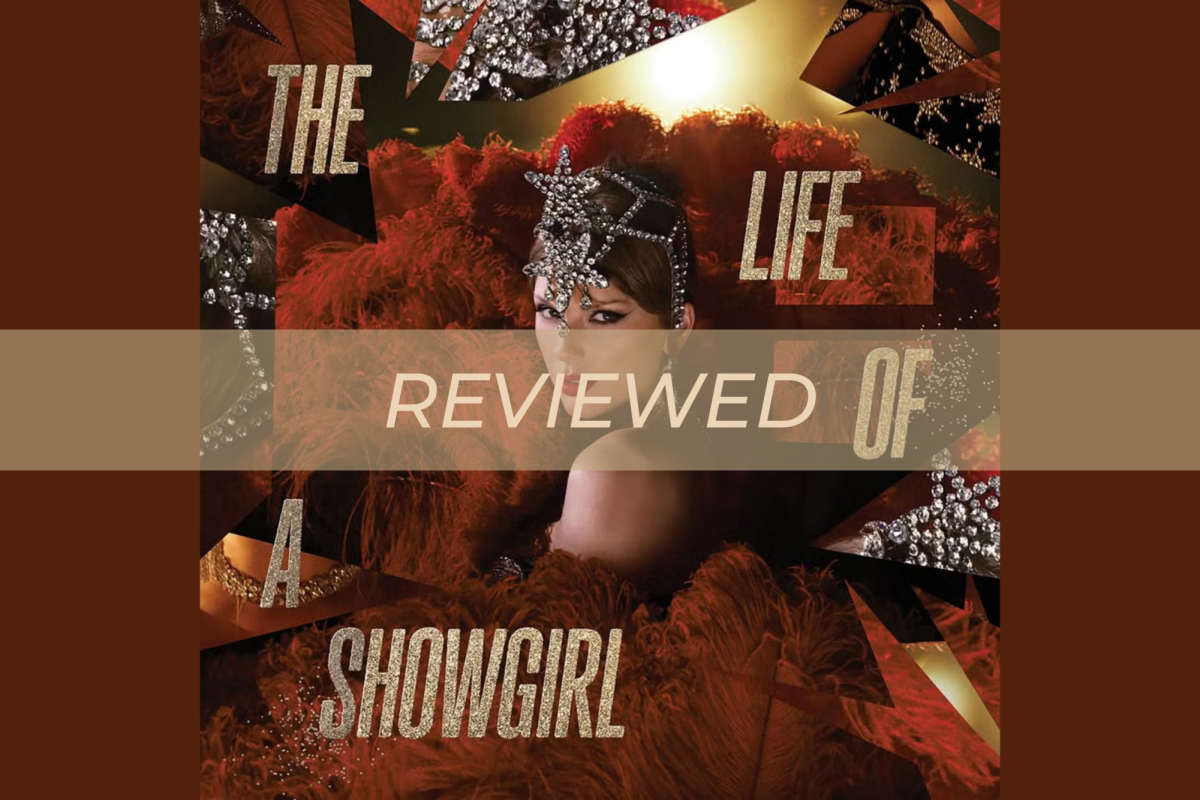





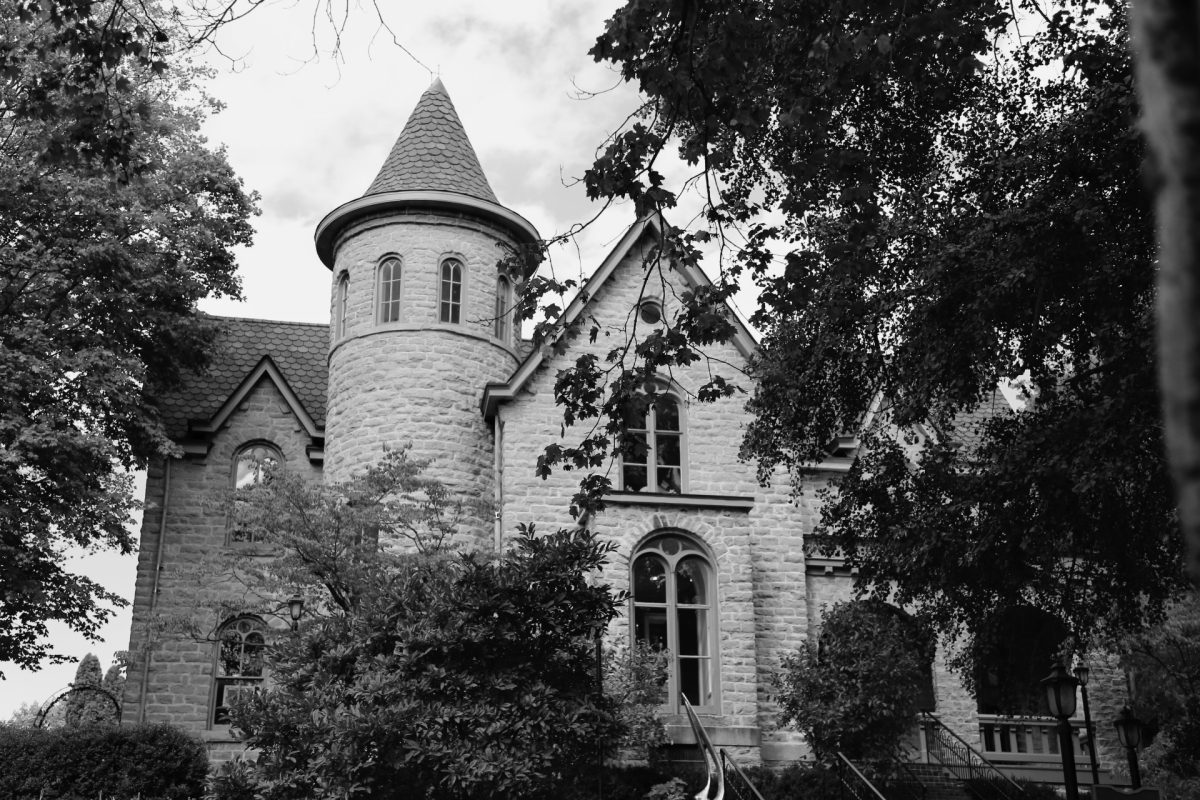















Rick Puleo • Sep 11, 2024 at 6:16 am
And yes, some dinosaurs still walk the earth.
Gsry • Sep 10, 2024 at 1:44 am
I agree, the motor less looks better. The DSLR seems to have a different white balance for a warmer picture, and the color saturation is higher on the mirrorless.
Friedrich • Sep 8, 2024 at 7:40 pm
Ummmm…photos are definitely better with mirrorless